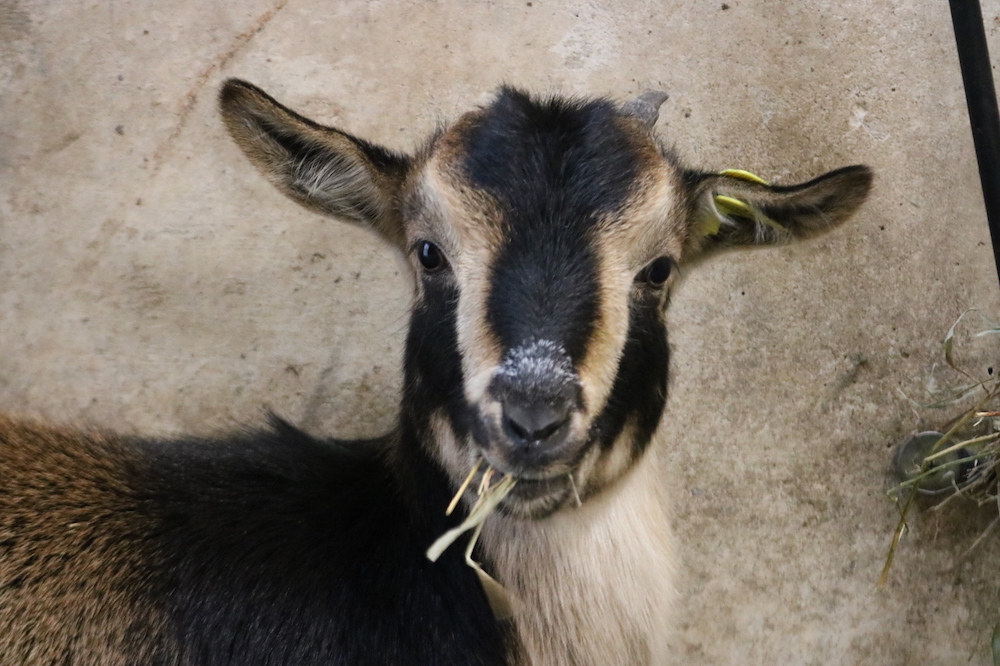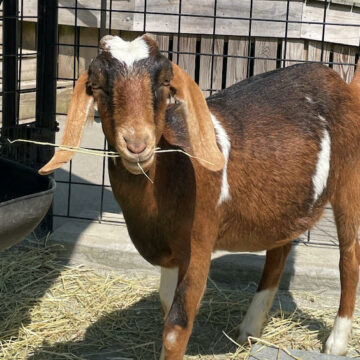Meet Our Animals
The Brandywine Zoo proves that great things do come in small packages. The Zoo features animals from the tropical and temperate areas of North and South America, Asia and Africa. Our animals range from more common species to the highly endangered. All enjoy natural settings and welcome your visit to the zoo. Some animals may be off exhibit during cold weather.
Capra hircus
Domestic Goats

Habitat
Geographic Region & Range
Diet
Physical Description
Lifespan
Under Human Care: Depending on breed 12-18 is common, though some domestic goats have lived over 20 years.
Threats
Status
The conservation status of San Clemente Island Goats is listed as Critical by The Livestock Conservancy. This is the most threatened ranking for domestic animals in the US with less than 200 annual registrations.

What are AZA Zoos doing for
Domestic Goats
As a domestic species, domestic goats do not need to be managed under a Species Survival Plan program. However, two distant cousins of the domestic goat – the Nubian ibex, (a desert dwelling goat species) and the Turkenian makor (also known as the screw-horned goat) are. These SSPs are conservation breeding programs that ensure genetic diversity and species health across all AZA institutions.








Fun Facts
Nigerian goats can produce over 1 liter of milk in a day! Their milk is very creamy and makes delicious cheese and yogurt. That’s why our Nigerian dwarf goats, Brie, Monty, and Colby, are all named after cheeses.
Goats have four stomach chambers to break down tough grasses and hay.
The earliest domestication of goats was 10,000 years ago in western Iran.
Goats in cartoons are often shown eating everything – even tin cans! Goats are only able to digest plant matter, but when food is scarce they might also eat paper products like cardboard or paper – like the labels on cans.
Goats are used for their meat, milk, fur, manure and for clearing overgrown plants like kudzu vine and poison ivy.




